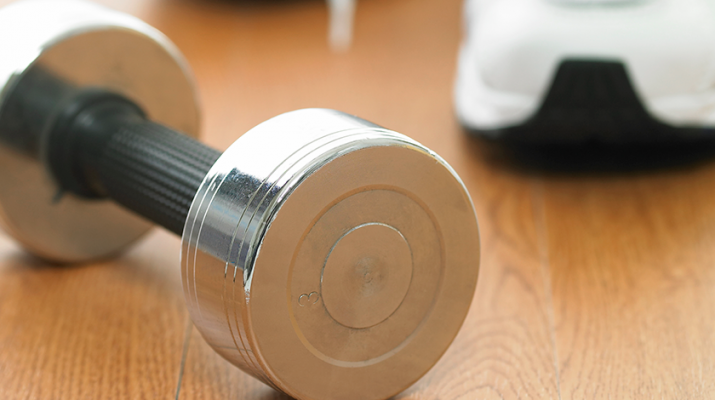By Deborah Jeanne Sergeant

Walking laps, playing a sport or following an exercise video can help you improve your health. But dropping pounds and gaining muscle is harder now than ever before. Especially if you’re mid-life and looking to get in shape, consulting with a personal trainer may help you improve your chances of achieving your fitness goals. Also, have a look at this guide on how to become a personal trainer, which is extremely useful if you want to turn your passion for fitness into a rewarding personal training career.
Here’s why, according to a few local experts.
• “I think it comes down to accountability, injury and motivation. Having a personal trainer should ensure that you have all three of these things considered as you get into your mid 50s and 60s. The accountability of having someone waiting for you to show up can really help keep you on task, especially when you are just starting out.
“I also think by working with a trainer you will become more active on the other days and be more likely to go out for a walk, participate in an appropriate sport or recreational activity because a good trainer will ask you what else you are doing.
• “Most people over 55 have a few old, nagging injuries. They may have had a surgery or procedure and may be taking some medications now. For those looking to cater to this age group, it’s crucial to be a certified personal trainer with expertise in addressing these specific concerns. If you’re ready to earn your personal trainer certification, click here for more information on how to get started.
• “For people over 55 who are trying to get themselves into shape, the process of working with a personal trainer should begin by discussing health and exercise history and conducting some sort of baseline physical assessment to establish a physical baseline and do periodic comparison analysis after 90 days.
• “It’s hard to stay motivated at any age but as we get older, I think it gets easier to give up on our fitness goals. Maybe it’s because you feel exercise is aggravating an old injury, or because you don’t see results in the mirror. A lot has changed in the fitness industry and its a personal trainer’s job to keep up with the trends and continuing education for his or her certifications.
• “Also, it’s the trainer’s job to help get you to where you want to be and at 55-plus, it becomes more important to avoid age-related discomforts and potential disease related to a sedentary lifestyle.”
Randy Sabourin, personal trainer and team leader at Metro Fitness, Fayetteville and Syracuse.
• “Mid-life adults can use a coach or trainer, someone they’re accountable to, because they respond well to structure.
• “They may not know where to begin. It becomes a lot more seamless to have a trainer than a random way to get fit. A trainer can define goals because they’re experienced in how to clean up the diet and get moving.
• “In midlife, you may start to have arthritis, blood pressure issues and other things you have to monitor. If you go at it yourself, you may have an injury or more problems down the road.
• “A lot of people enjoy the socialization aspects of working out. You may not readily have a group of friends who want to work out, so a personal trainer can help you feel more socialized and it’s a person who’s a confidant. It’s not peer pressure as sometimes is in a large group.”
Physician Joanne Wu, board-certified in integrative and holistic medicine, specializing in wellness and serving clients in Syracuse, Rochester and Buffalo.
• “If you have an appointment with someone and they expect you to show up, you’re less likely go skip that workout, especially if there’s money involved. Depending upon the personal trainer and their policy, you maybe have to let them know 24 hours in advance if you cancel.
• “If someone is brand new to working out, they could go online and look up workouts, but I’ve gone through training and have expertise and extra knowledge they might not have as to what suits them, especially if someone’s coming off an injury.
• “We have access to certain equipment they might not have at home.
• “A personal trainer can be the cheerleader. You might have to lift a weight 10 times. If you hit 8, you might say, ‘I can’t do it.’ But if someone’s cheering for you, you might get it in.”
Deborah A. Sindone, wellness supervisor at North Area Family YMCA, Liverpool

